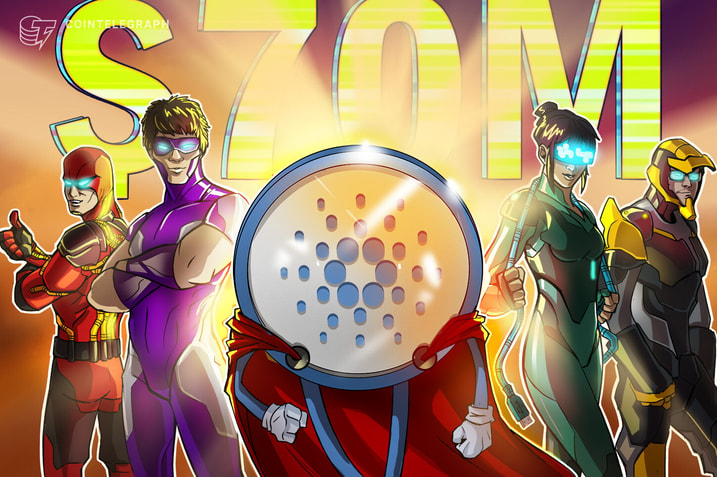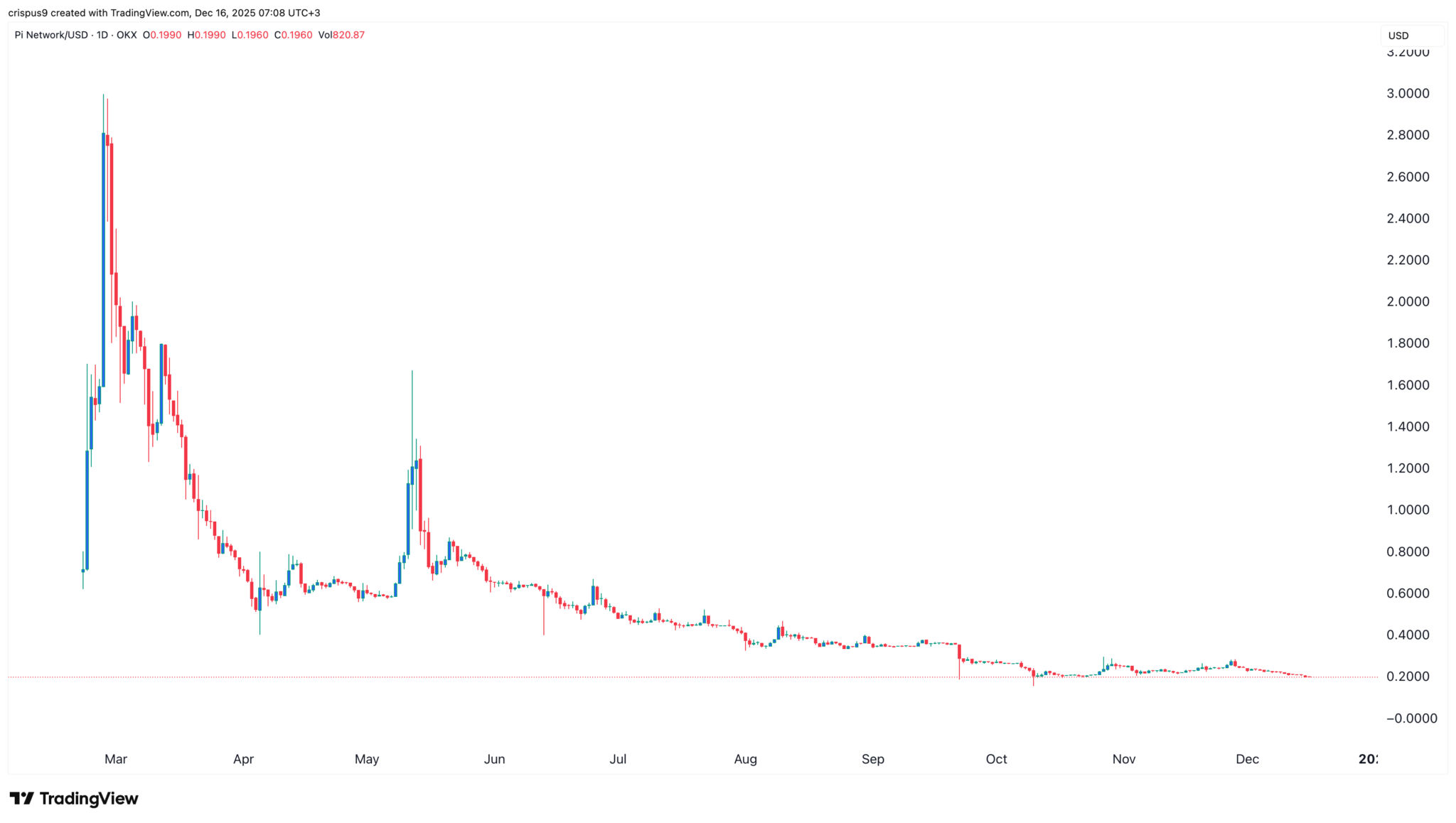Four open source Plutus Application Backend (PAB) for Cardano
Cardano’s developer ecosystem has significantly matured over the past year and now offers a variety of PAB solutions to build and deploy dApps on Cardano.

Decentralized applications (dApps) are becoming increasingly popular as more businesses and developers seek to leverage the benefits of decentralized networks such as blockchain. However, developing dApps can be complex and time-consuming. To simplify the process, developers can use frameworks that provide a set of tools and functionalities to test, compile, deploy and debug their applications. There are several popular frameworks for developing decentralized applications. In this article, we will explore the Cardano ecosystem and learn about the smart contract framework available to developers.
Plutus: Cardano’s smart contract language
Cardano’s Plutus programming language is a high-level, functional programming language designed specifically for developing smart contracts on the Cardano blockchain. Plutus is based on the Haskell programming language, which is known for its mathematical precision and high degree of reliability.
Plutus is designed to be a secure and flexible language for developing smart contracts. It is used to write both on-chain and off-chain code that governs the behavior of smart contracts, allowing developers to create complex financial applications that can be executed on the Cardano blockchain.
Plutus offers robust support for formal verification. This unique feature allows developers to mathematically verify the correctness of smart contracts before deploying them to the blockchain. By removing vulnerabilities and bugs through formal verification, Plutus helps to enhance the security and reliability of smart contracts, reducing the risk of loss of funds or contract hacks.
What is a Plutus Application Backend (PAB)?
There is a significant difference between Ethereum’s account model and Cardano’s eUTXO models. In the account model, all the logic is on-chain, but this has been found to cause scalability issues. In the eUTXO model, smart contract computation is performed off-chain and only the smart contract validation itself is performed on-chain, just like in Bitcoin. This means transaction validation can be incredibly efficient and scalable—an advantage of the eUTXO model.
For this reason, Plutus smart contracts must be paired with an off-chain framework, or a Plutus Application Backend (PAB). A PAB is responsible for executing the dApp logic and provides the following functionalities:
Join the community where you can transform the future. Cointelegraph Innovation Circle brings blockchain technology leaders together to connect, collaborate and publish. Apply today
- Query the blockchain state
- Handles user inputs
- Execute smart contracts
- Build and balance transactions
- Submit signed transactions to the network.
Advertisement
Stay safe in Web3. Learn more about Web3 Antivirus →
Overall, a PAB is a crucial component as it provides the necessary functionality to interact with the Cardano blockchain and execute the smart contracts that govern the behavior of the application.
Using PAB solutions on Cardano
IOG PAB
This was developed by IOG, one of Cardano’s founding entities. This was one of the first PAB available to developers. It is a Haskell PAB designed as a monolith framework that combines many tools and services into one environment. Being written in Haskell allows it to leverage native interoperability with Plutus primitives and enjoy a streamlined and efficient interface between on-chain and off-chain code. However, its architecture is complex and lacks modularity, therefore developers may find it difficult to work with.
Atlas
Developed in collaboration with MLabs, Well-Typed and Plank. Atlas is another Haskell-based PAB that took the best out of the IOG PAB and improved on its limitations. It offers an intuitive type system that abstracts away the complexity around building transactions, balancing UTxOs and interfacing with Plutus contracts. In addition, it supports modular data providers and leverages Vasil upgrade features such as reference inputs and inline datums. Finally, it provides a testing framework for debugging your application in a simulated environment.
Lucid
Developed by SpaceBudz, Lucid is a PAB in JavaScript, Deno and Node.js. This makes it particularly adapted to Web development and JavaScript programing language, giving it a lot of flexibility and ease of use out of the box. In particular, it lowers the barrier to entry for many developers who aren’t familiar with Haskell and struggle with the functional programming paradigm. Lastly, it integrates with Aiken to perform smart contract evaluation.
Mesh
Developed by Martify, Mesh is similar to Lucid as it is also based on JavaScript and is web friendly. It stands out by providing higher-level abstractions for common use cases such as transaction asset bundles, minting/burning NFTs, staking and more. Its focus is on simplicity and ease of use with React frontends. (Disclosure: Genius X, a brand of Genius Yield, has onboarded Martify to its accelerator program.)
Building your own PAB is a complex endeavor and requires a deep technical knowledge of UTxOs, Plutus and other Cardano primitives. This represents a significant hurdle for developers and individual projects to design and implement on their own. Thankfully, Cardano now possesses four open-source PAB solutions available to the developer community significantly reducing the barrier to entry into the Cardano ecosystem.
In conclusion, PAB frameworks play a key role in the handling and execution of the smart contracts on Cardano. They provide a set of tools and functionalities that make dApp development faster and more streamlined for developers. Cardano’s developer ecosystem has significantly matured over the past year and now offers a variety of PAB solutions to build and deploy dApps on Cardano.
CSO at Genius Yield, the all-in-one DeFi platform, that combines an AI-powered yield optimizer with a concentrated liquidity DEX.
This article was published through Cointelegraph Innovation Circle, a vetted organization of senior executives and experts in the blockchain technology industry who are building the future through the power of connections, collaboration and thought leadership. Opinions expressed do not necessarily reflect those of Cointelegraph.
Delegate Your Voting Power to FEED DRep in Cardano Governance.
DRep ID: drep12ukt4ctzmtf6l5rj76cddgf3dvuy0lfz7uky08jfvgr9ugaapz4 | We are driven to register as a DRep by our deep dedication to the Cardano ecosystem and our aspiration to take an active role in its development, ensuring that its progress stays true to the principles of decentralization, security, and community empowerment.DELEGATE VOTING POWER!








